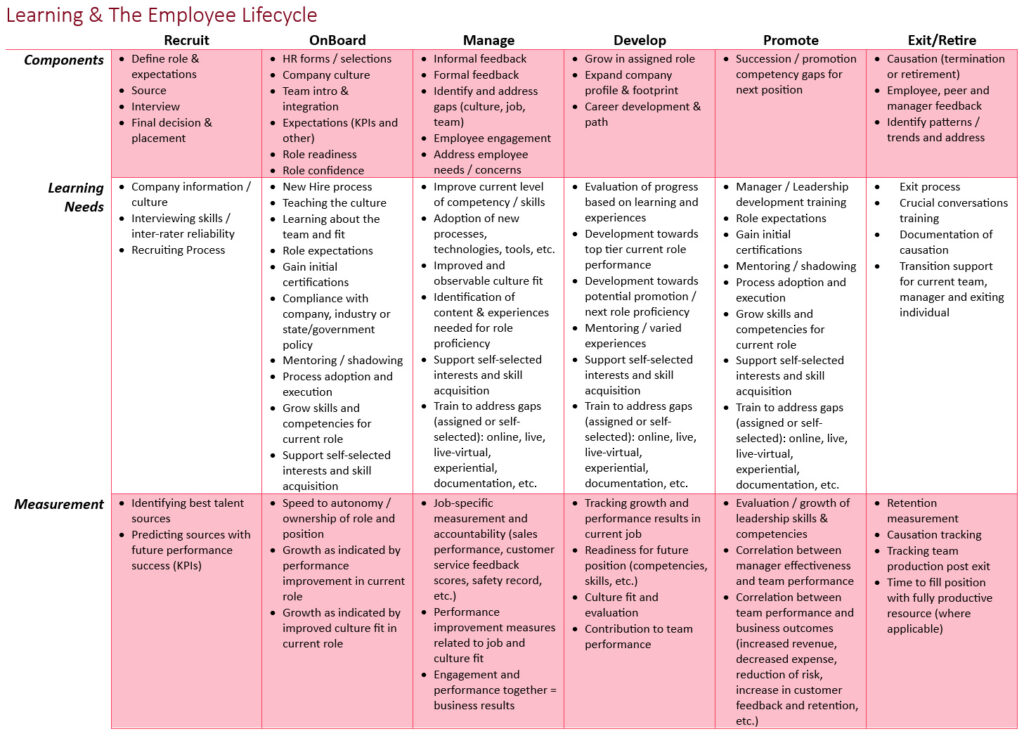As companies increasingly adopt AI technologies, training professionals have an important role to play in ensuring a smooth and effective implementation. AI is transforming businesses in countless ways, from automating routine tasks to generating data-driven insights. While AI holds great promise, realizing its full potential requires buy-in and skill-building across the organization.
There are several key ways trainers can support your AI strategy:
1. Educate employees on AI basics
Provide learning opportunities to demystify AI and build foundational knowledge. Explain key AI concepts like machine learning and natural language processing in plain terms with visual aids. Foster understanding of how AI will impact various roles.
2. Empower employees through reskilling programs
Major workflow changes often accompany AI adoption. Take a proactive approach by offering reskilling programs to help employees transform and adapt their skills for a smoother transition.
3. Incorporate AI training methods
Leverage AI itself to enhance training. For instance, intelligent tutoring systems can deliver personalized, adaptive instruction and voice recognition can give feedback during roleplaying scenarios.
4. Partner across teams
Collaborate closely with integration team, HR, department heads, and innovation leaders. Learn the technical considerations, timelines and challenges, along with the business goals, objectives, and measures of success. Tailor training to complement the deployment while prioritizing new skills and workflows.
5. Evaluate AI's impact
Continuously assess how AI is impacting workflows and learning needs. Survey managers and employees on skill gaps that emerge. Establish baseline measurements before and after deployment to measure adoption, business results, and ROI. Use AI-generated insights to target relevant training to the right people. Maintain your finger on the pulse.
6. Elevate the work and inspire a positive mindset
Change management is critical with any major tech disruption. Foster excitement about AI’s potential to elevate human work. Encourage a growth mindset, emphasizing how AI can augment staff capabilities. Counter fears that AI will replace jobs by focusing on new opportunities.
The rise of Generative AI necessitates ongoing learning at all levels of an organization. Alterity is committed to fully leveraging our change management and training expertise to ensure your workforce gains the knowledge, skills, and mindsets to thrive in an AI-powered future. How organizations support employees today will determine if their AI strategy is a success. We welcome the chance to play a strategic role in this transformation.



